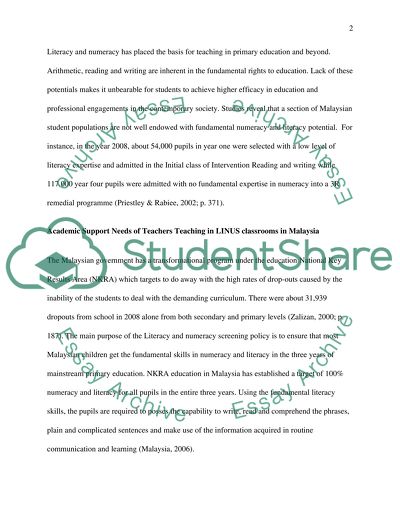Cite this document
(“Identifying the academic and Behavioural Support Needs of Teachers Dissertation”, n.d.)
Identifying the academic and Behavioural Support Needs of Teachers Dissertation. Retrieved from https://studentshare.org/anthropology/1401739-identifying-the-academic-and-behavioural-support
Identifying the academic and Behavioural Support Needs of Teachers Dissertation. Retrieved from https://studentshare.org/anthropology/1401739-identifying-the-academic-and-behavioural-support
(Identifying the Academic and Behavioural Support Needs of Teachers Dissertation)
Identifying the Academic and Behavioural Support Needs of Teachers Dissertation. https://studentshare.org/anthropology/1401739-identifying-the-academic-and-behavioural-support.
Identifying the Academic and Behavioural Support Needs of Teachers Dissertation. https://studentshare.org/anthropology/1401739-identifying-the-academic-and-behavioural-support.
“Identifying the Academic and Behavioural Support Needs of Teachers Dissertation”, n.d. https://studentshare.org/anthropology/1401739-identifying-the-academic-and-behavioural-support.


